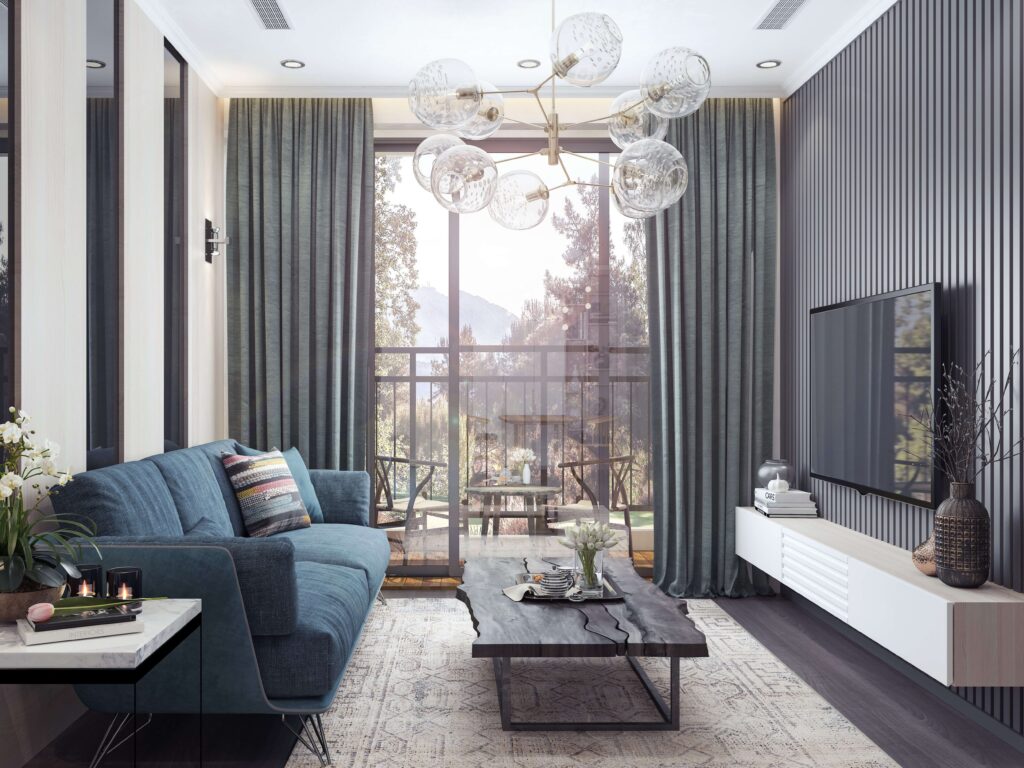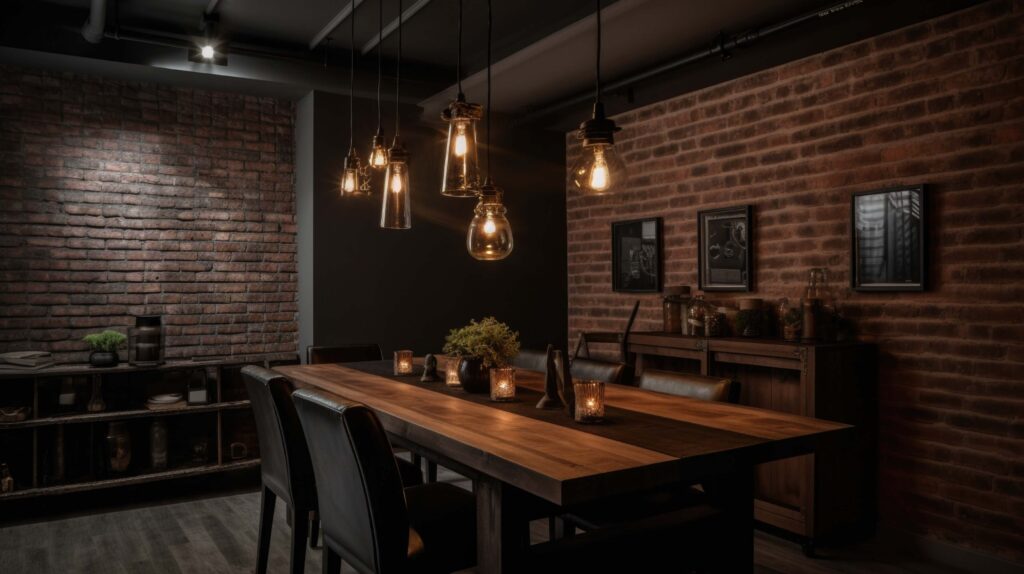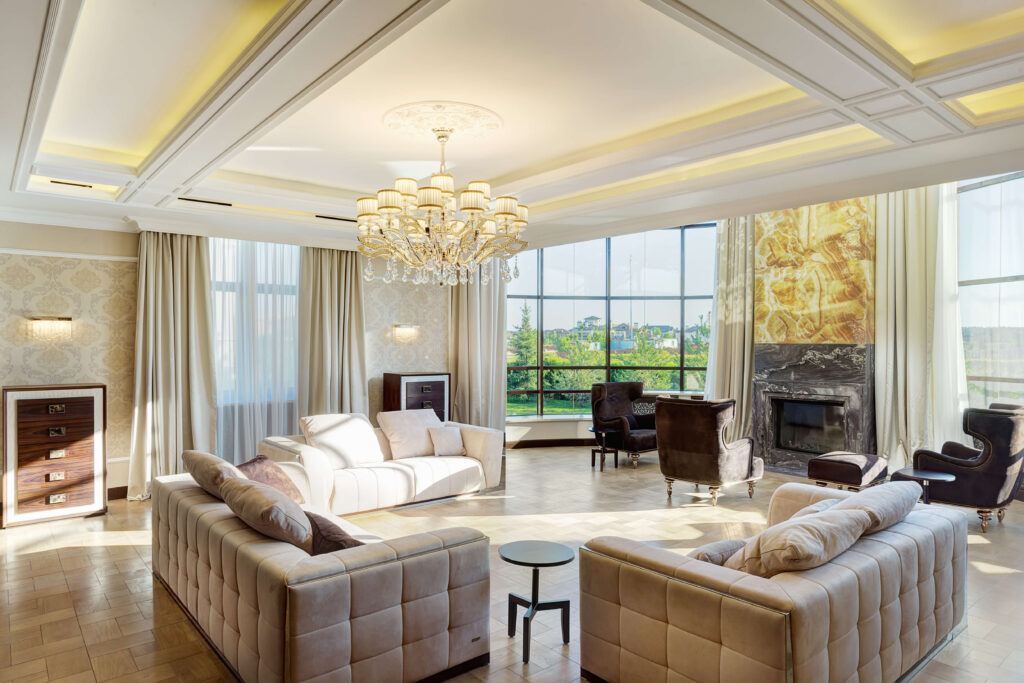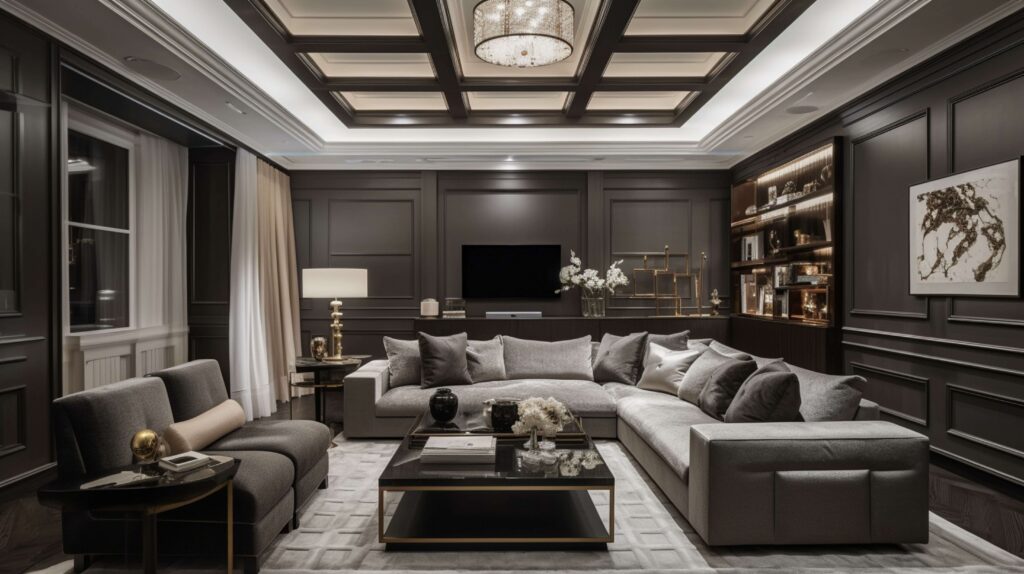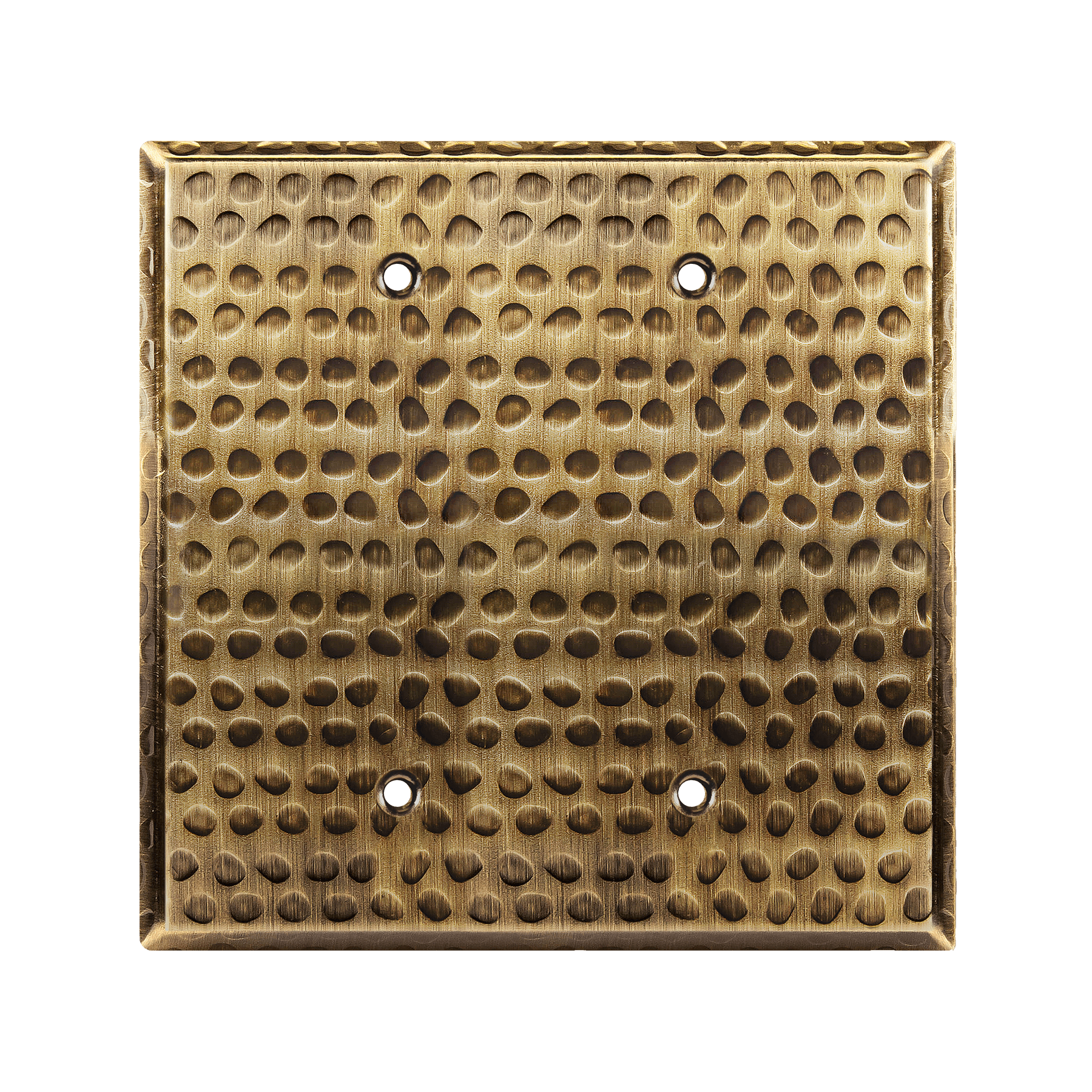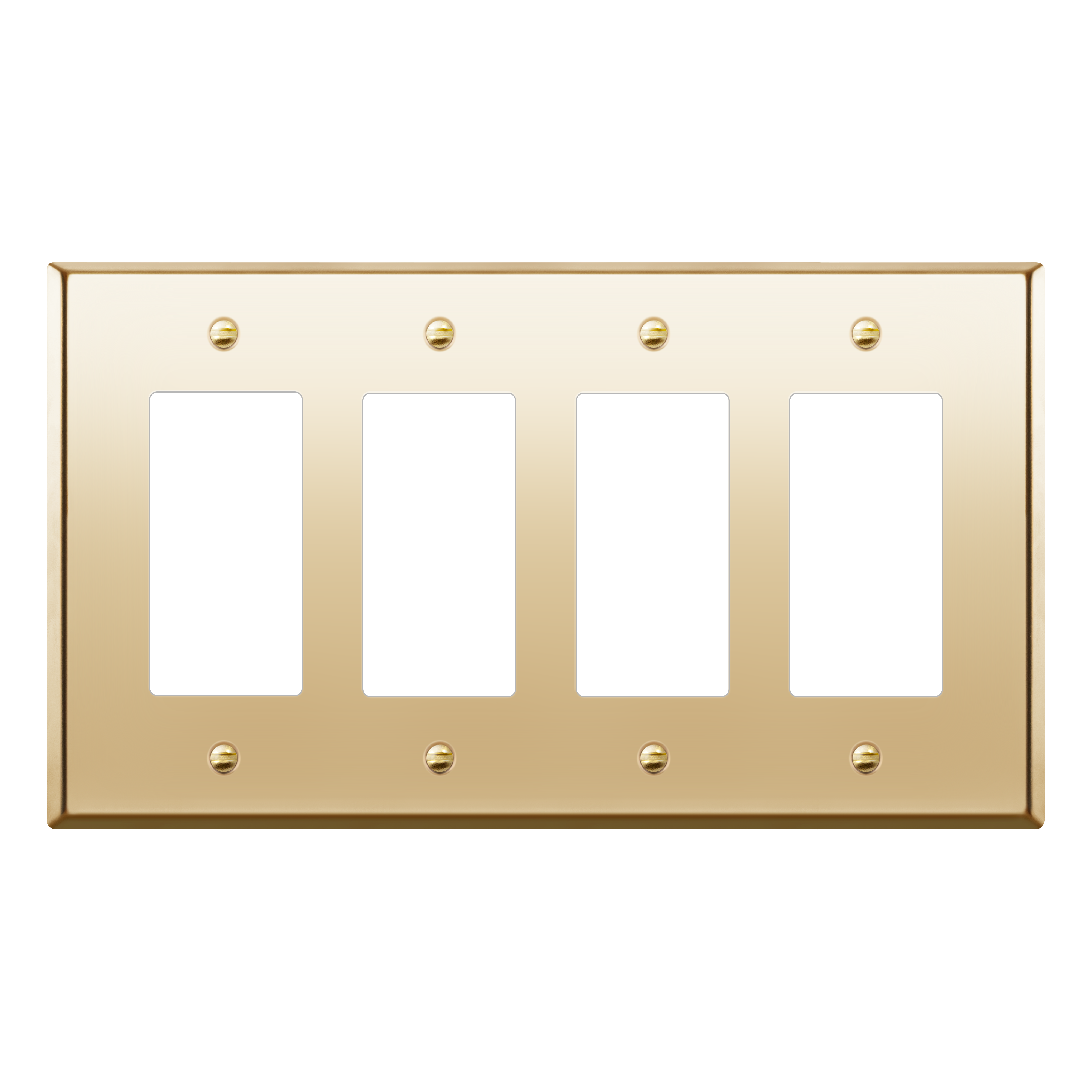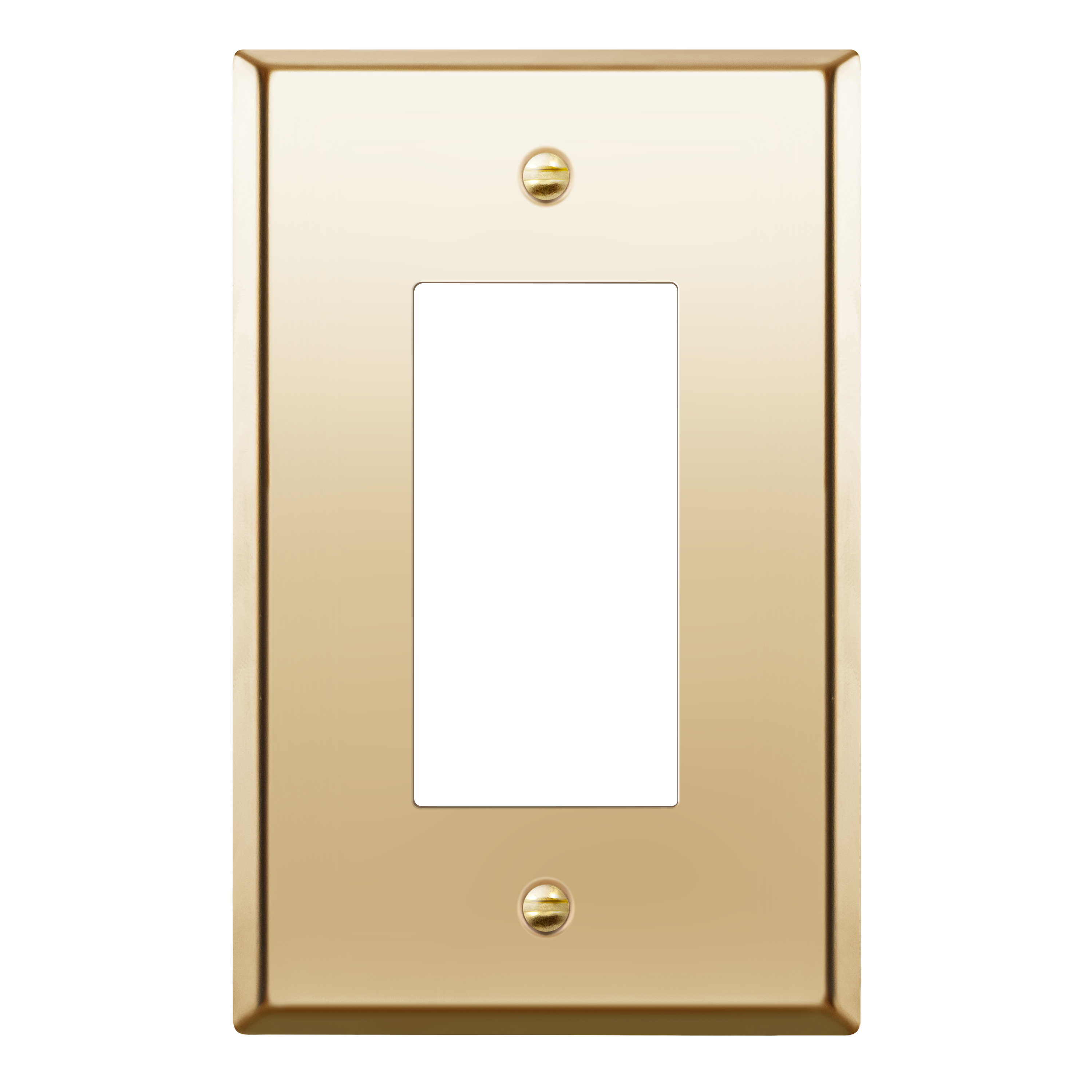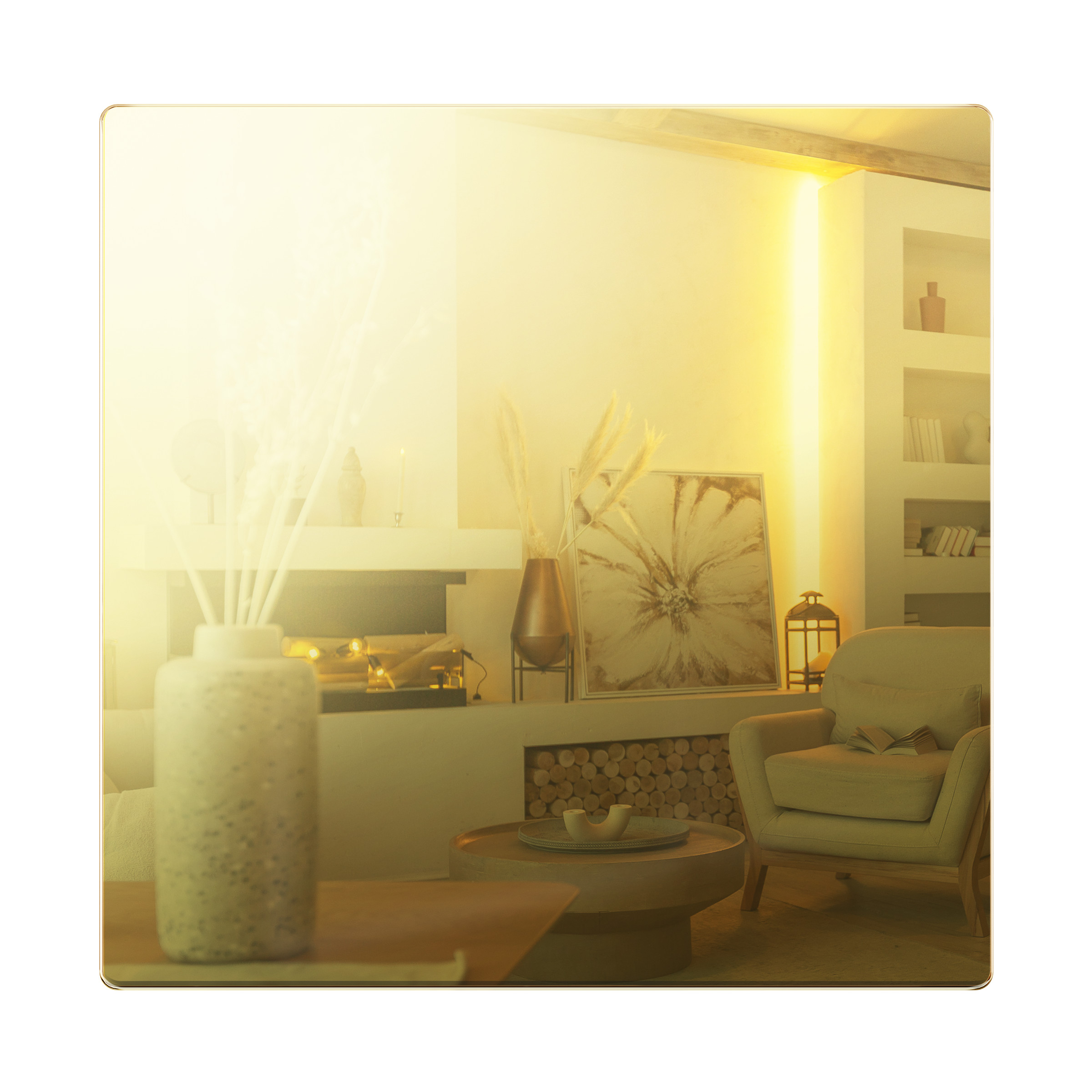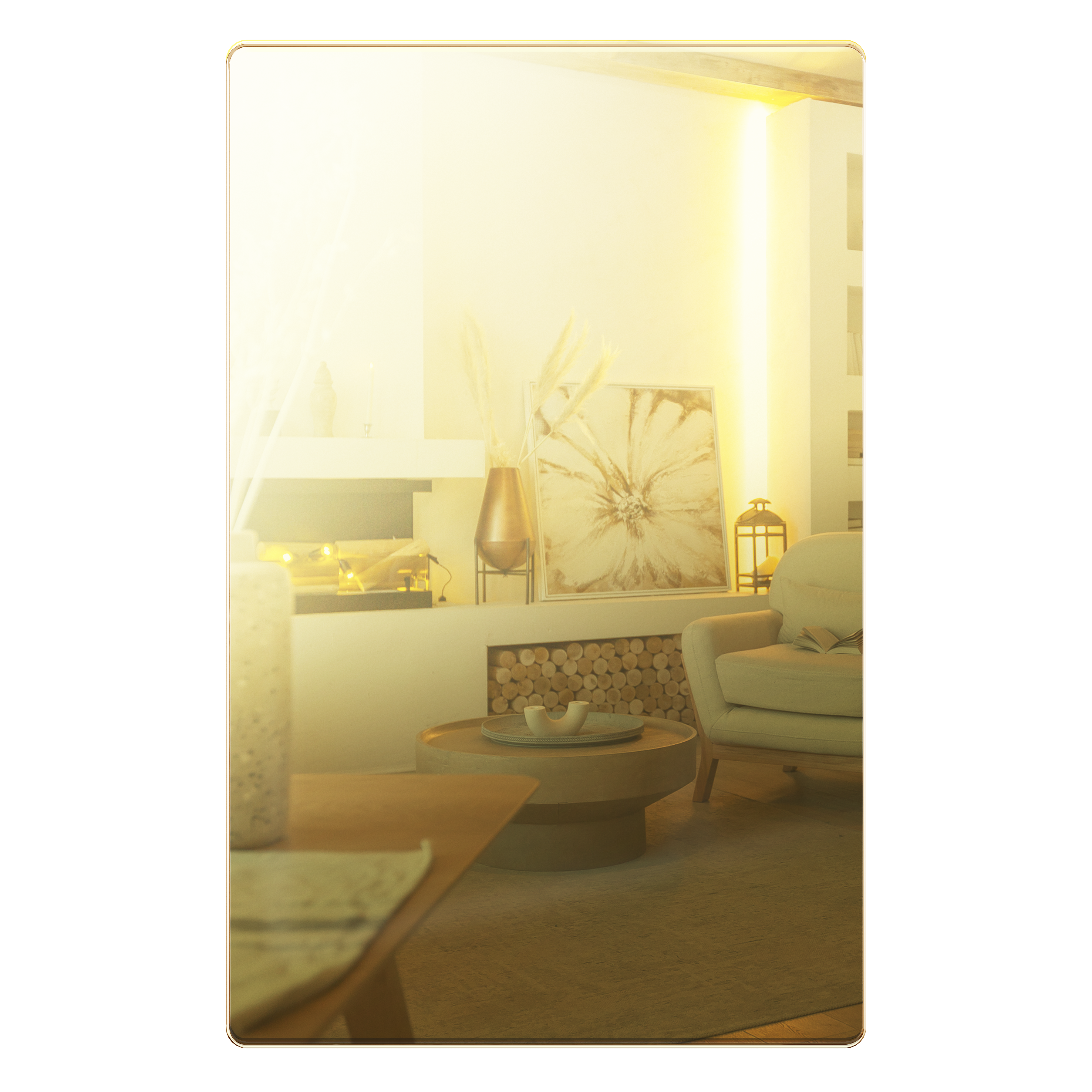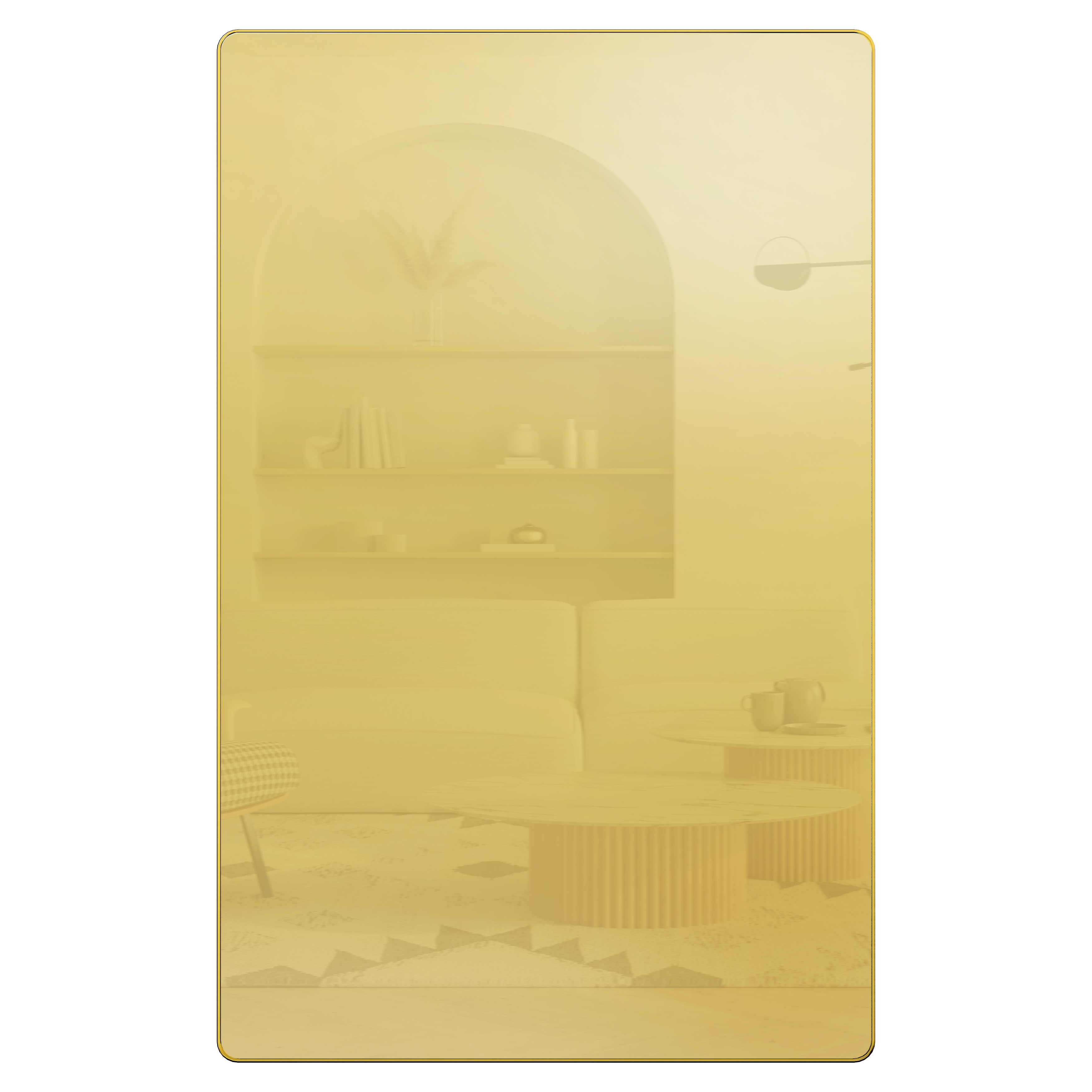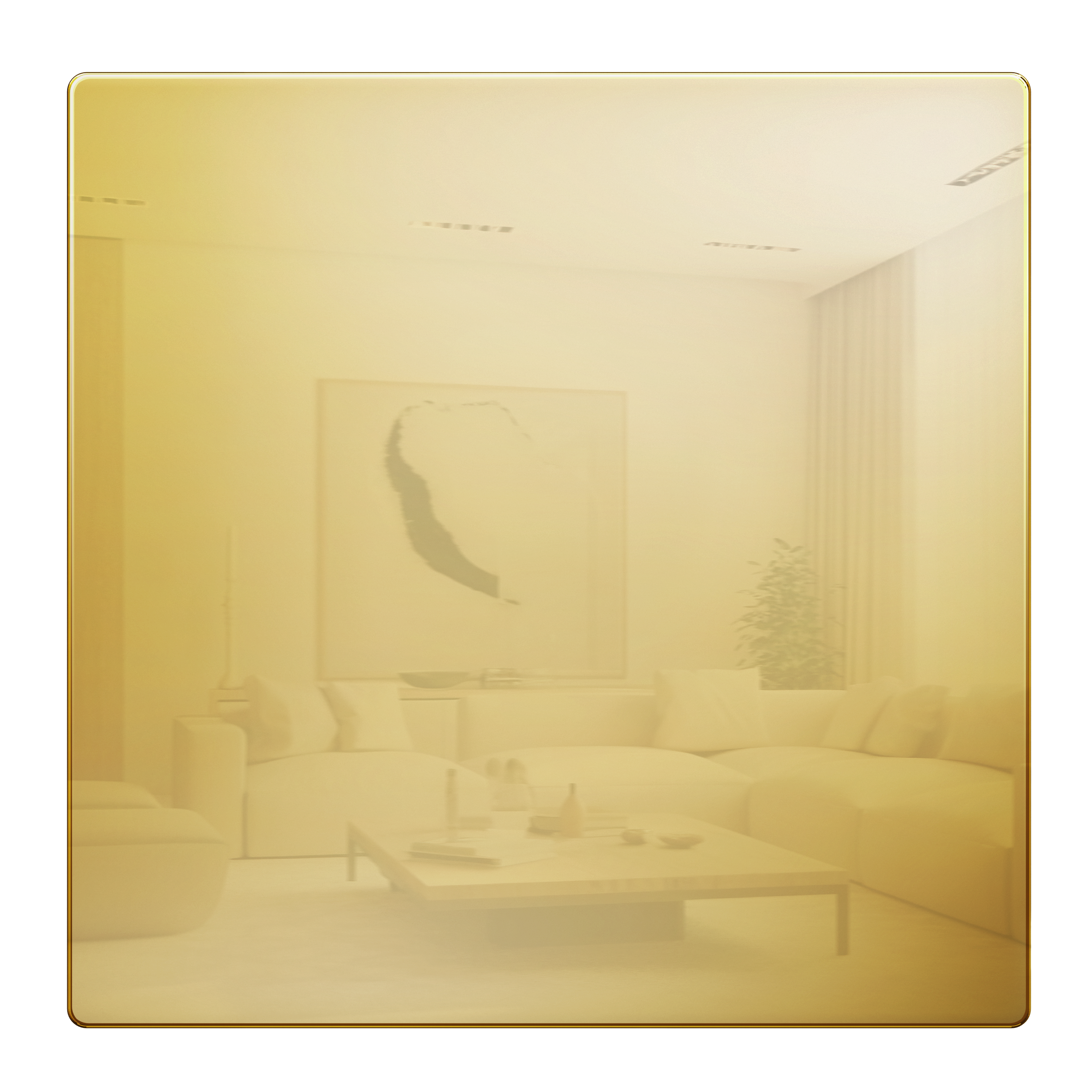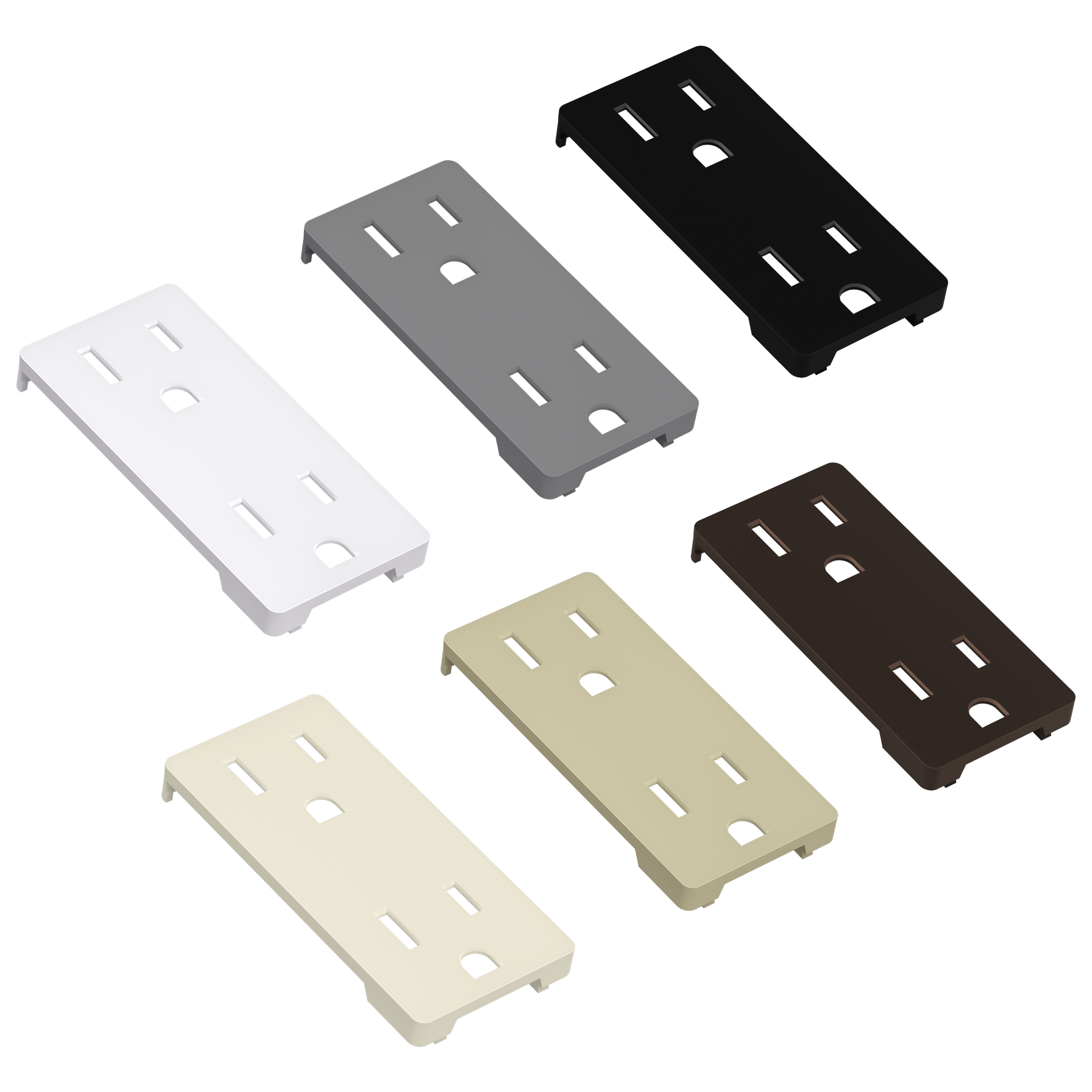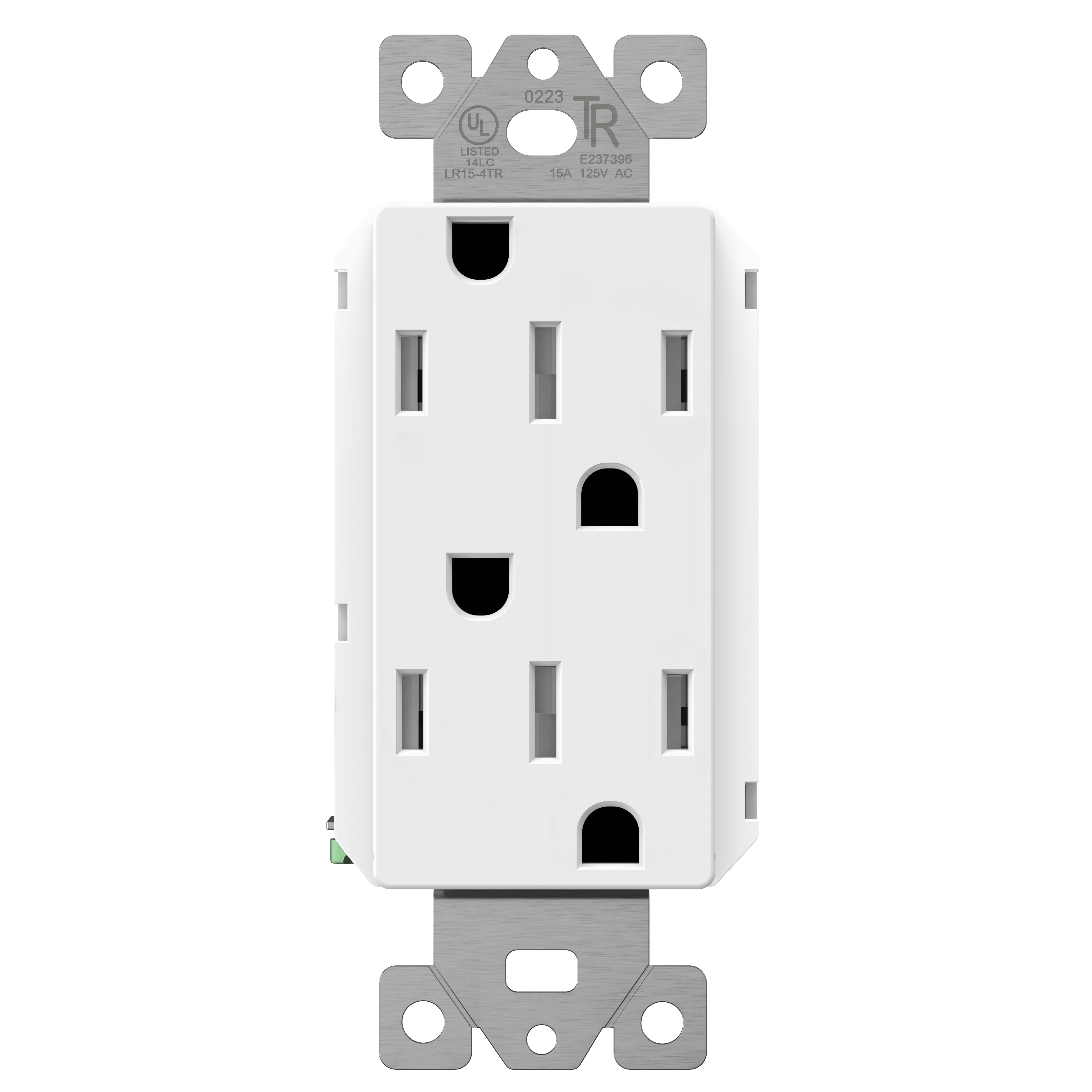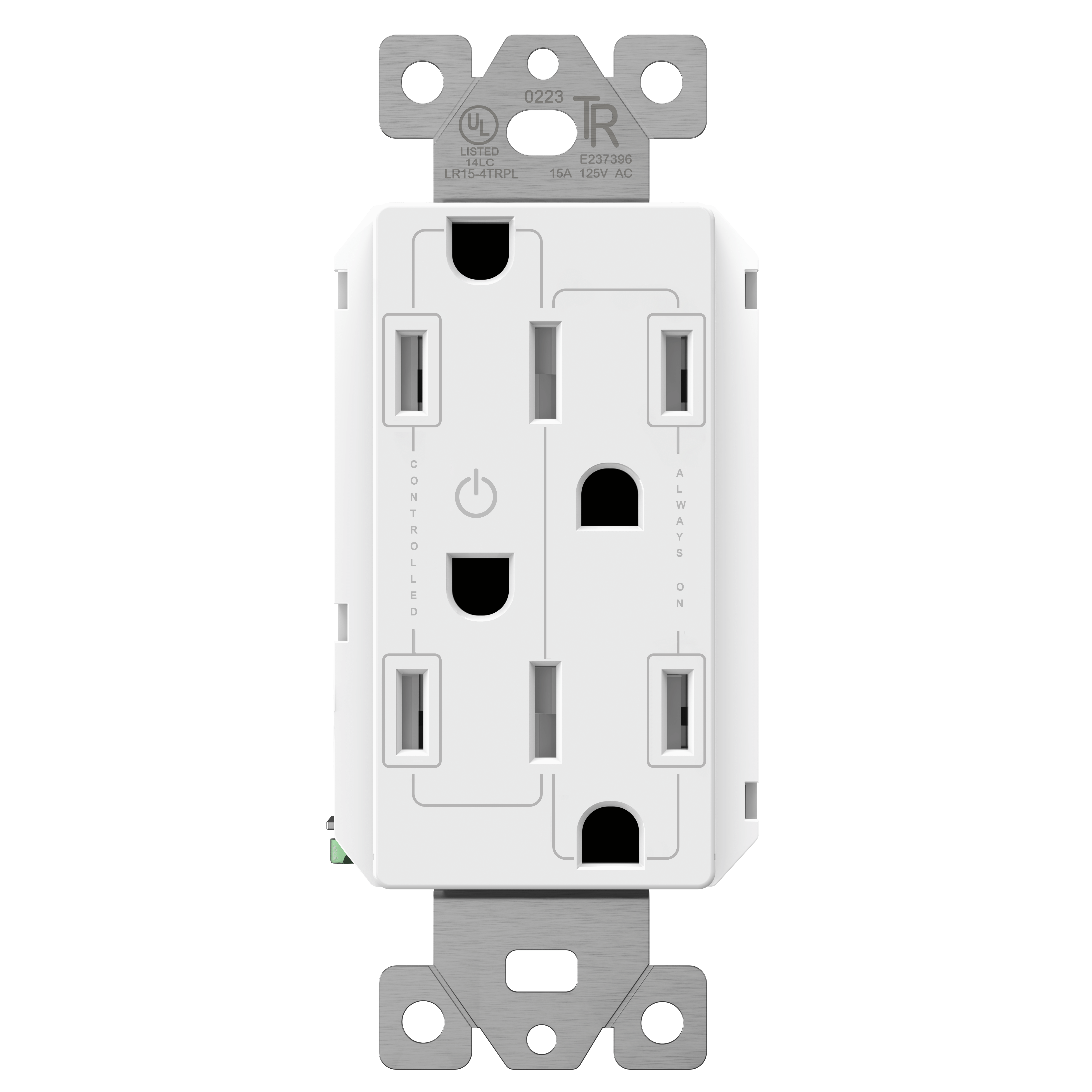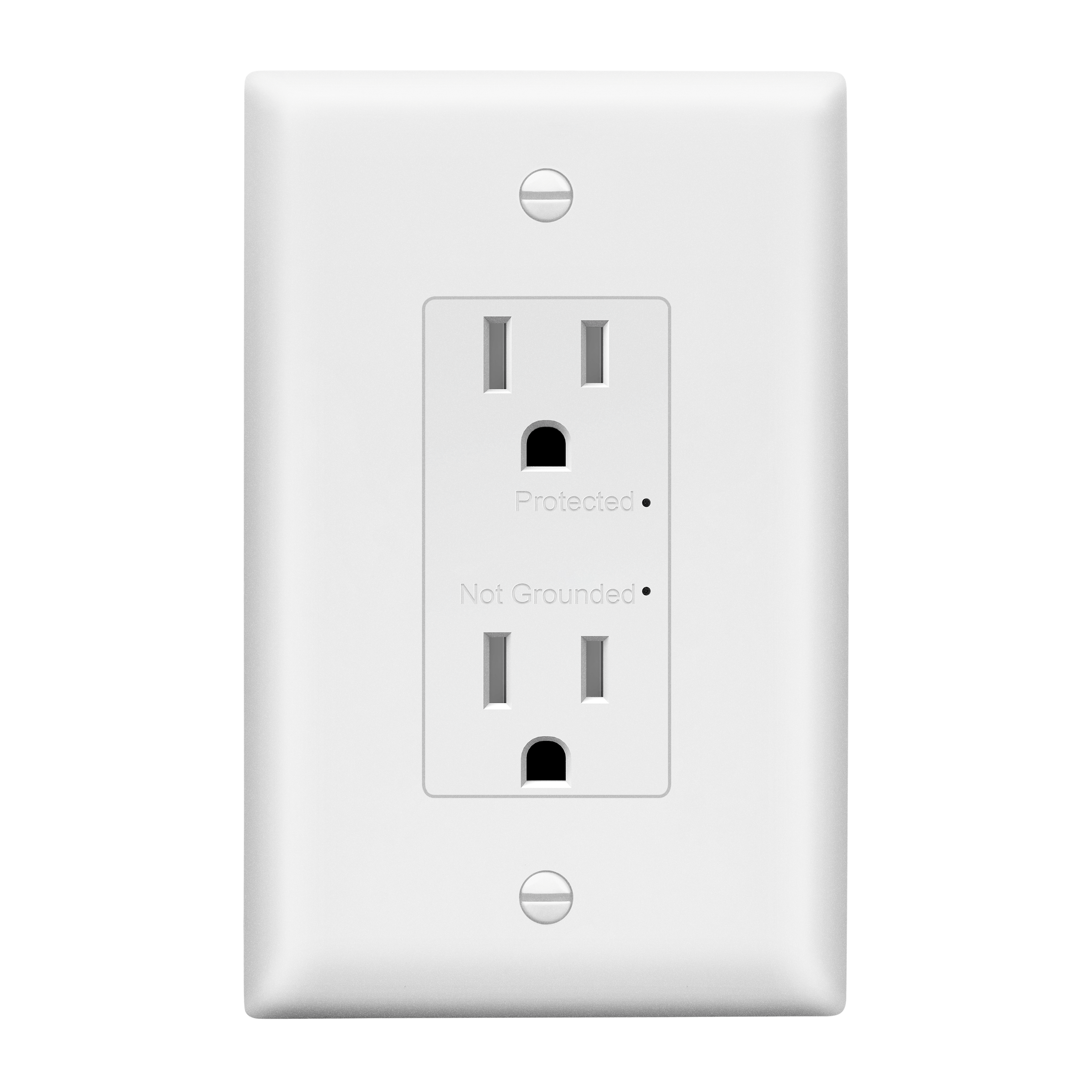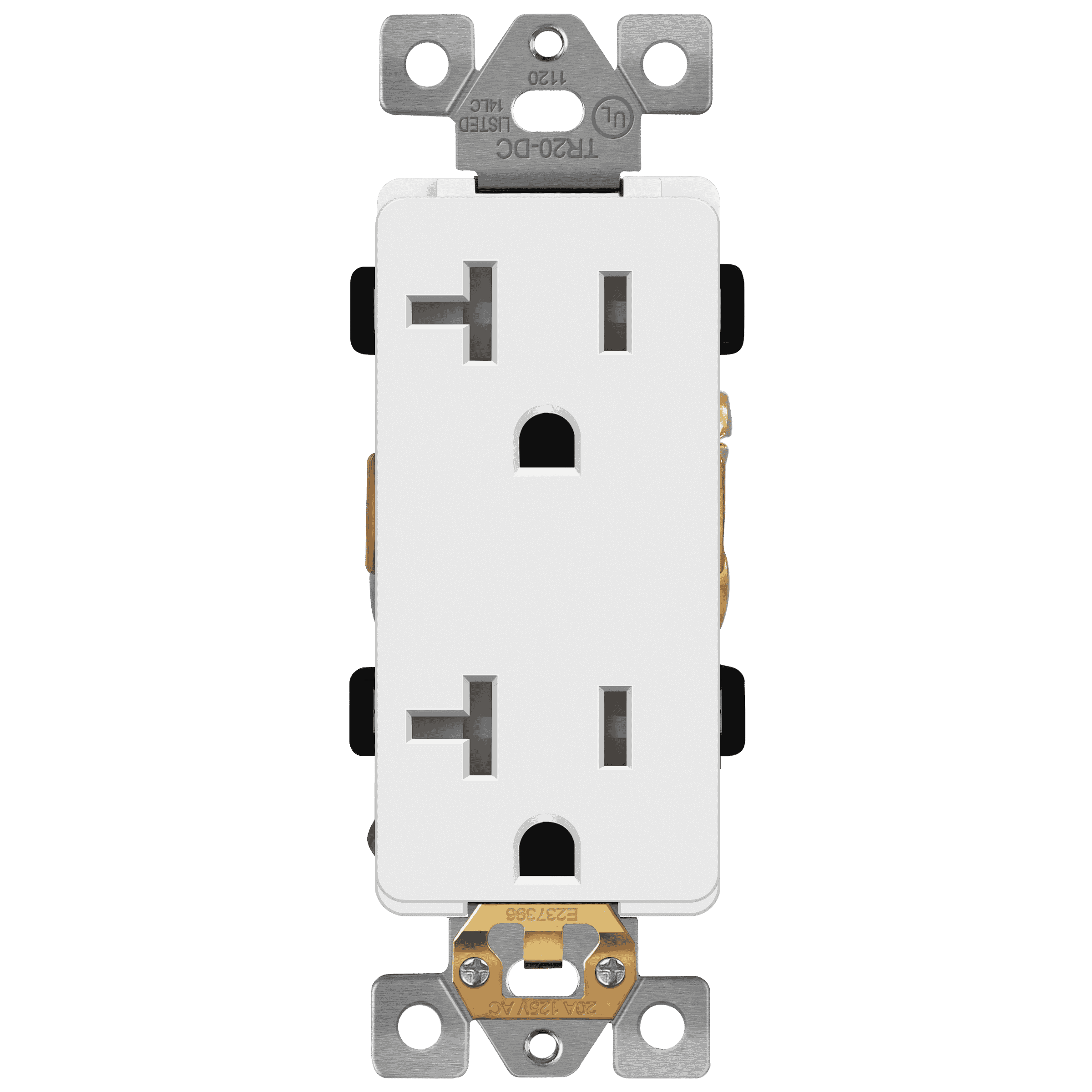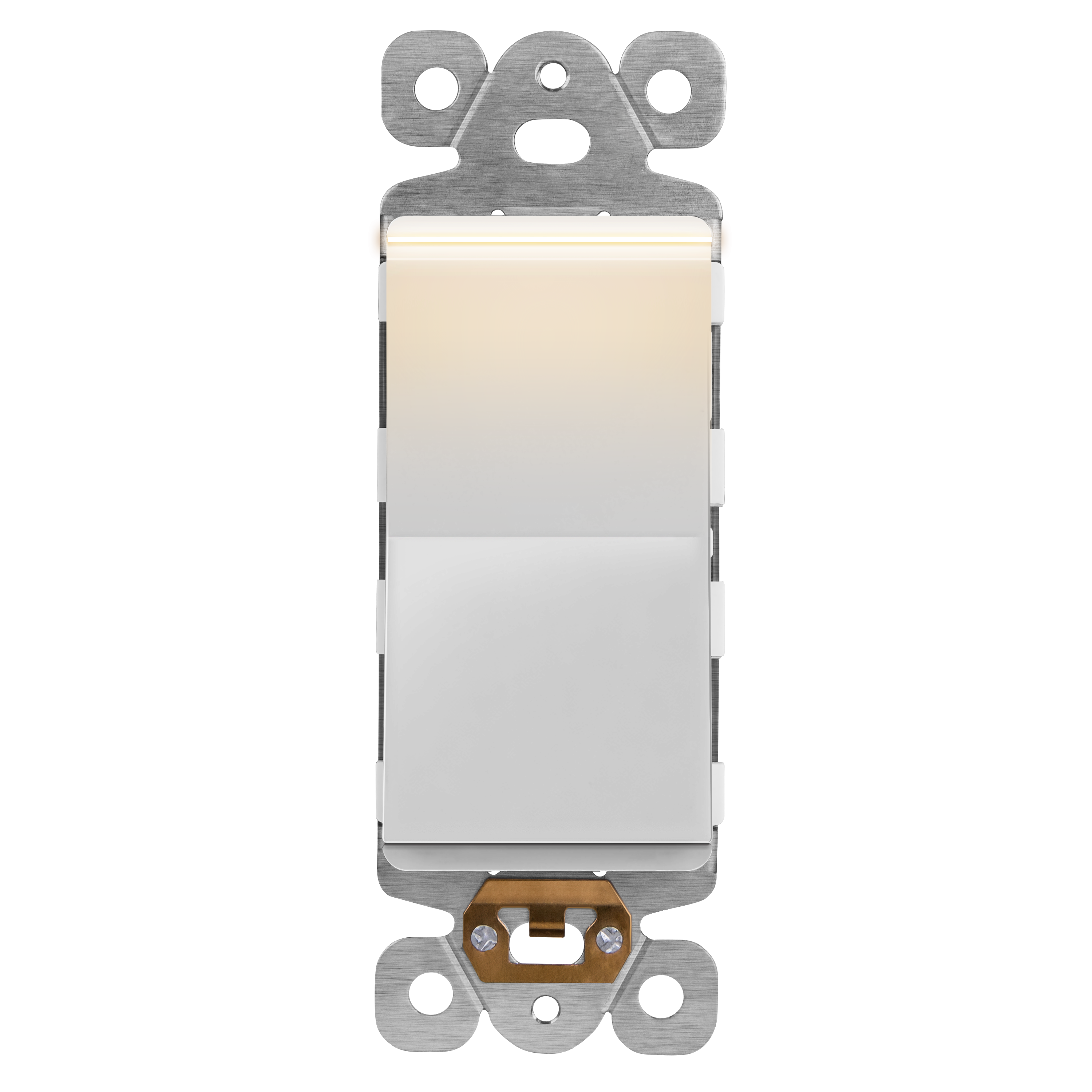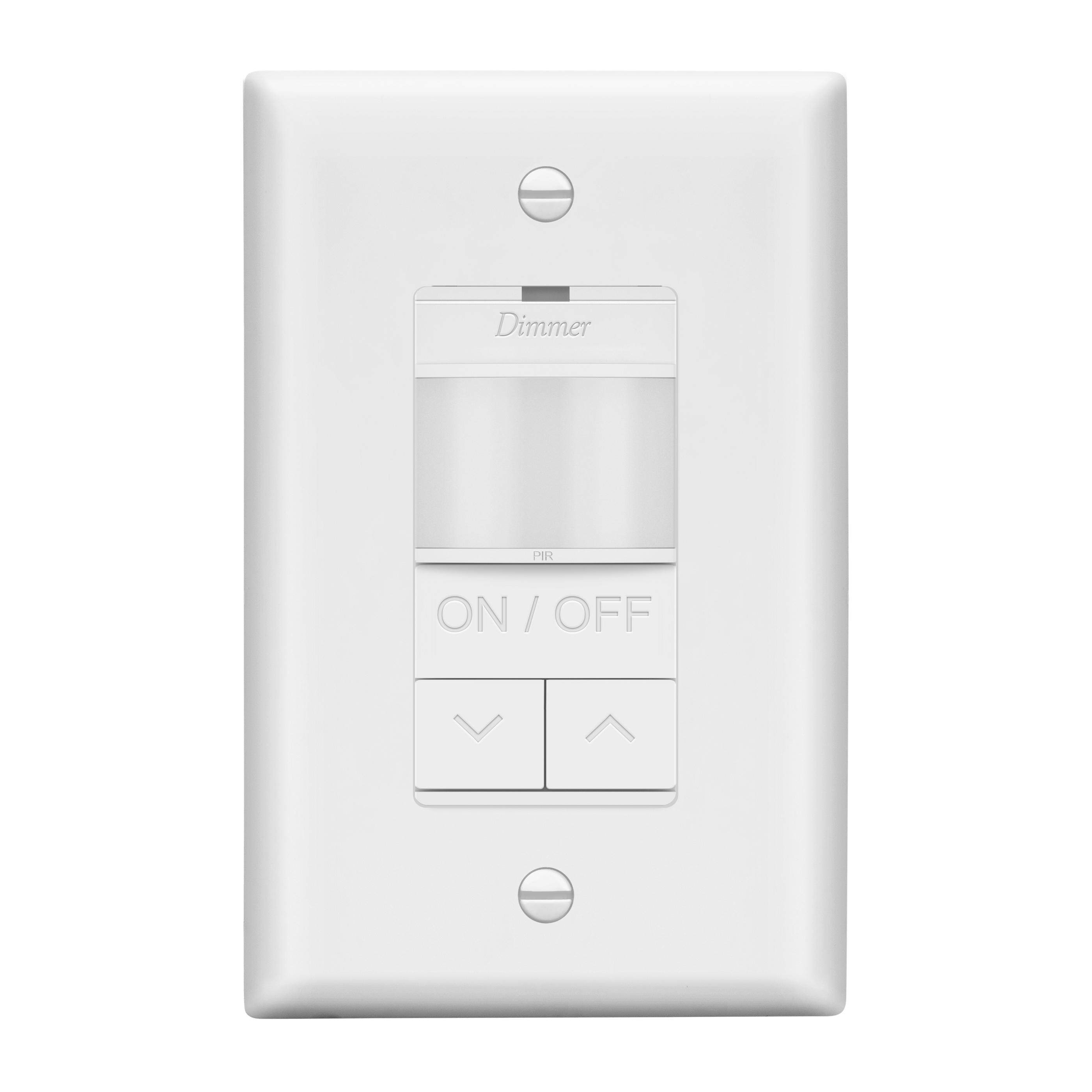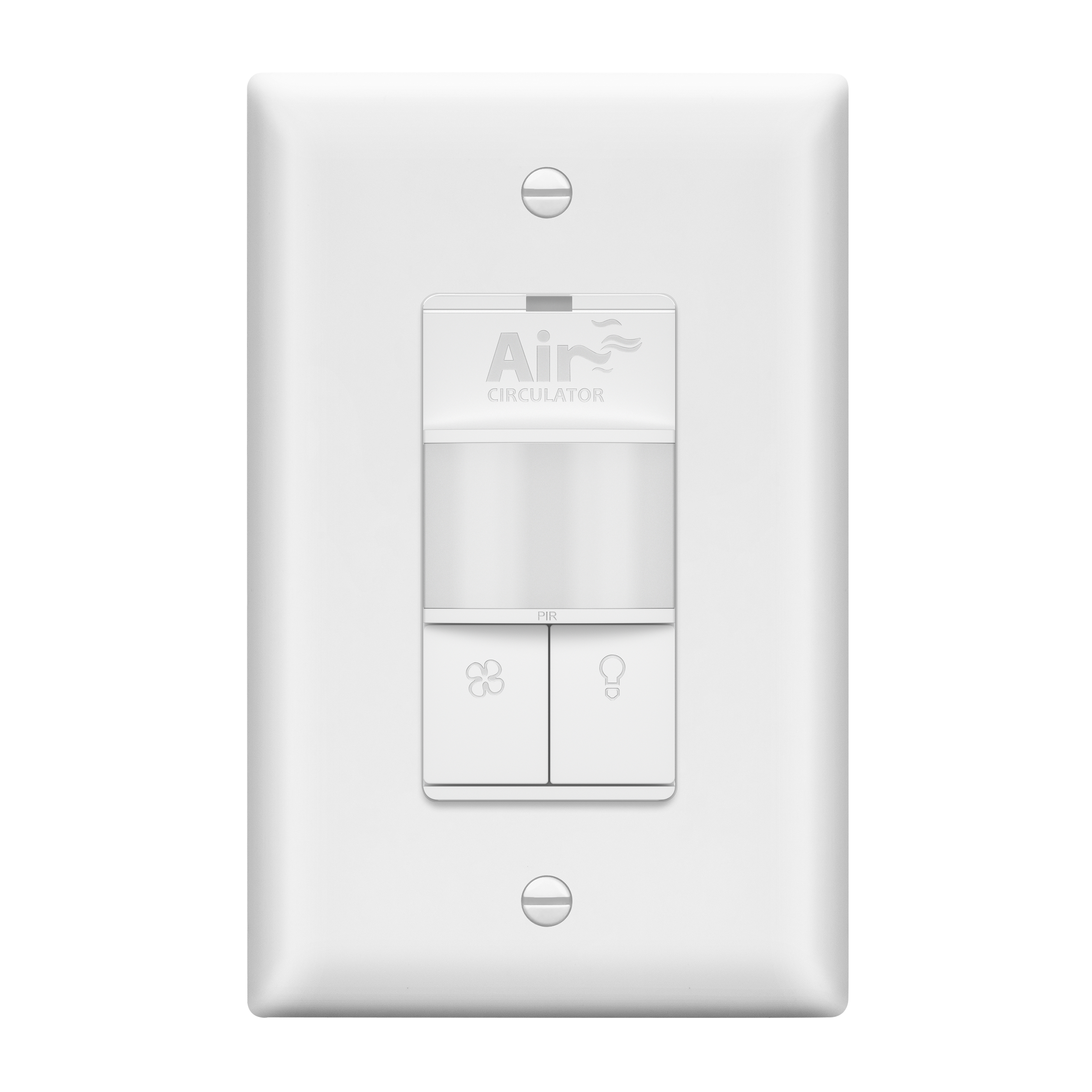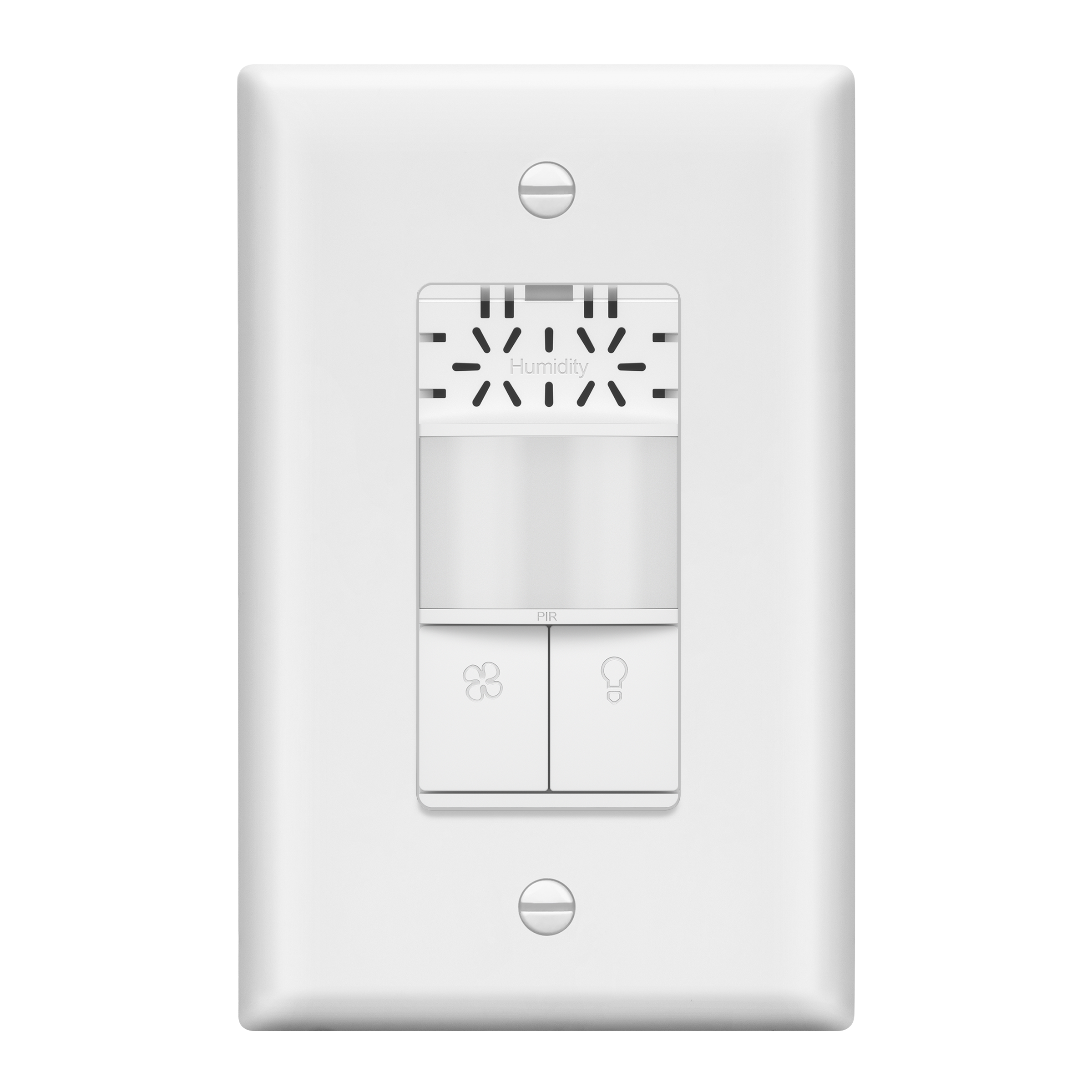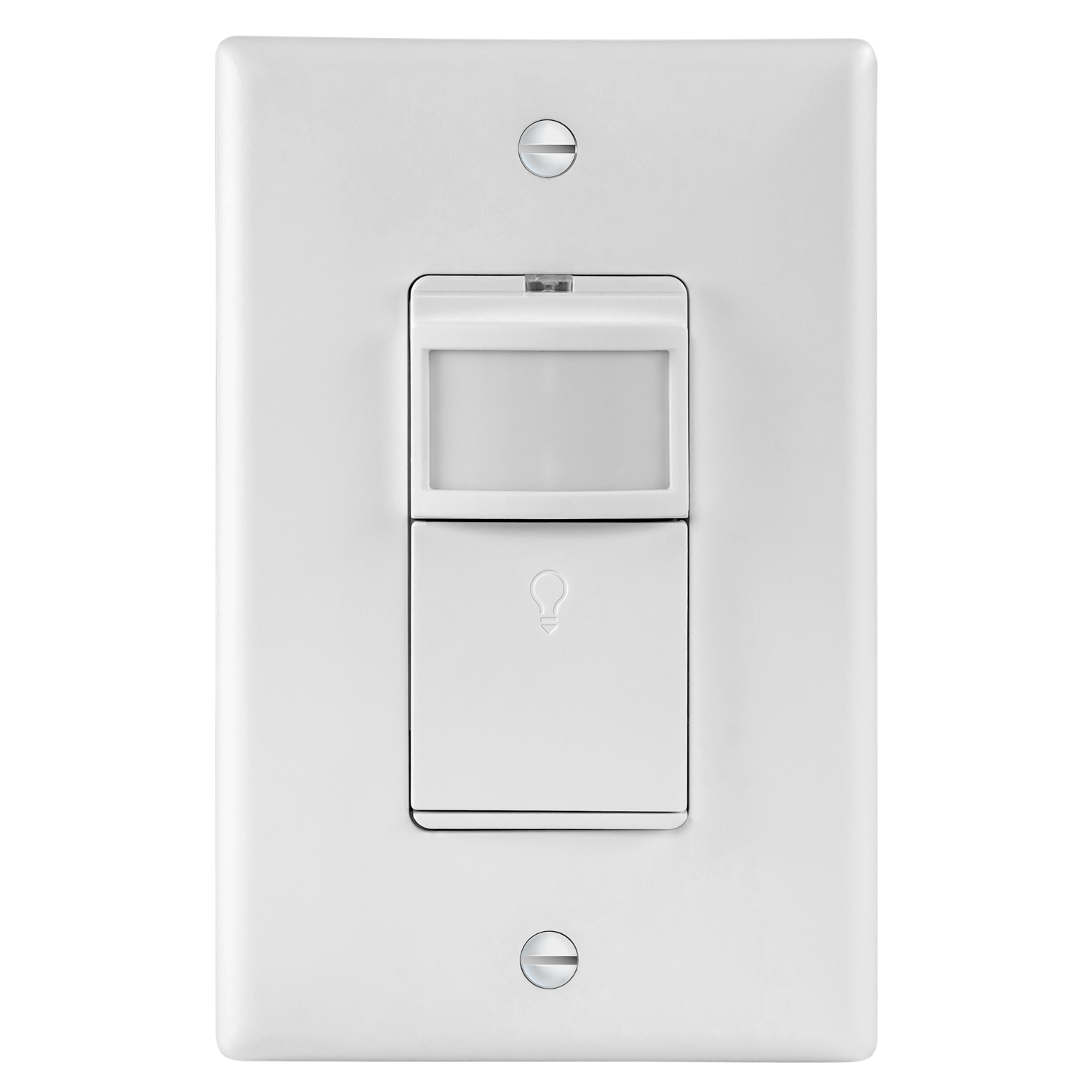The light present in the room is as much a part of the interior design as bold statement pieces and furniture. Lighting is fundamental in setting the mood, enhancing architectural features, and evoking emotions within a room.
With this in mind, among the various lighting techniques, ambient lighting holds a special place, as it serves as the foundation for the overall illumination of a space. It is perfect for creating a dramatic effect as well as being a functional necessity. Depending on the space, the lighting can act as a design touch.
A romantic dining room can be low-lit, while an office study can have bright, natural lighting coming through to inspire productivity. The purpose of a room is important to consider as well as the overall design aesthetic.
Here are some examples of the types of lighting to consider for your interior design:
1. Ambient Lighting
Also known as general lighting, ambient lighting provides overall illumination to a room, ensuring that there is a comfortable level of brightness for everyday activities. It typically includes ceiling-mounted fixtures, recessed lights, or chandeliers that distribute light evenly throughout the space.
A great way to achieve ambient lighting is through dimmable lights that can be adjusted for the mood or event.
2. Task Lighting
Task lighting is focused and provides targeted illumination for specific activities or areas that require more concentrated light. It includes desk lamps, reading lights, under-cabinet lights in the kitchen, and vanity lights in the bathroom, among others. Task lighting helps to enhance visibility and reduce eye strain during tasks such as reading, cooking, or working.
3. Accent Lighting
Accent lighting is used to highlight specific objects, architectural features, or artwork within a space. It adds drama, depth, and visual interest to the room. Examples of accent lighting include track lighting, picture lights, wall-mounted spotlights, or recessed lighting that is aimed at a particular focal point.
4. Decorative Lighting
Decorative lighting is primarily used for its aesthetic appeal and acts as a decorative element in the room. It can include ornate chandeliers, pendant lights, wall sconces, or unique light fixtures that serve as artistic focal points, adding style and personality to the space.
5. Natural Lighting
Natural lighting refers to the use of natural light sources, such as windows, skylights, and glass doors, to illuminate a room. It creates a connection to the outdoors, enhances mood, and provides a sense of openness and freshness.
Maximizing natural lighting can also help reduce reliance on artificial lighting during daylight hours. Many newer homes prioritize large, open windows and this can create a beautiful way for light to pour through.
6. Cove Lighting
Cove lighting involves hidden light sources that are placed in recessed areas, such as in ledges or ceiling coves. The light is directed upward or downward, creating a soft glow that adds depth and warmth to the room.
Cove lighting is often used to accentuate architectural details or to create a soft, indirect lighting effect.
COMPLEMENTARY PRODUCTS
After putting all this thought into your lighting as a design component, don’t let things like ugly light switches or outlets hinder it. Personalize your space with Lider’s collection of elegant products that come in many colors and finishes. They will fit any aesthetic.

